Spanning December to February, winter in Japan brings about festivals, skiing, and a bounty of seafood and seasonal cuisines, making it a fun and interesting time to visit–especially if it doesn’t snow where you live!
Looking for ideas on how to enjoy winter in Japan? Here are 10 winter activities to do when visiting Japan during the winter!
1. Visit a Christmas Market
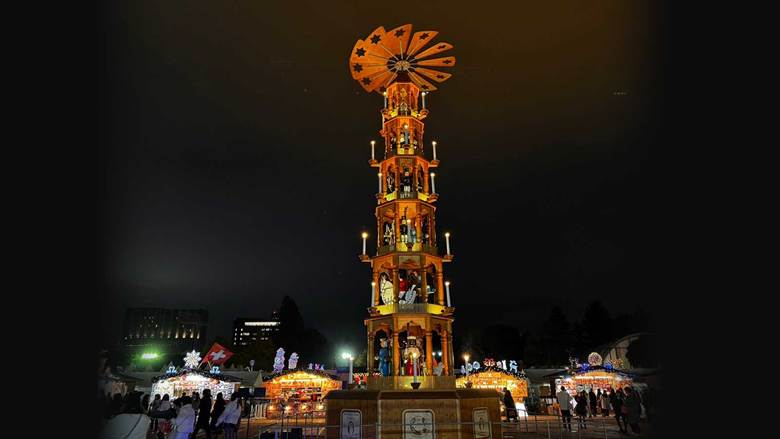
Christmas markets are common in many cities around the world during this time of year, and it is a long-standing tradition that has continued since the Middle Ages! Japan, with its numerous metropolitan cities, has adopted Christmas markets, and major cities like Tokyo, Osaka, and Sapporo are renowned for their vibrant Christmas markets at the end of the year.
In Tokyo, the Tokyo Christmas Market held at Meiji Jingu Gaien is one of the largest and most popular Christmas markets in Japan. Backed by the German Tourism Board and the German Embassy, you’ll find exquisite, traditional wooden Christmas decorations from Germany, and over 50 different vendors selling Christmas market staples like ornaments and Christmas decorations. Satisfy your taste buds with Glühwein (German mulled wine), hot chocolate, pretzels, grilled sausages, hearty roasts, and delicious pastries. Live music and dance performances, as well as lovely alfresco seating, are also available – allowing you to bask in the merry atmosphere!
Tokyo is the place to be if you love Christmas markets. The city has a plethora of them at locations like Roppongi Hills, Tokyo Skytree, Tokyo Dome, Tokyo Tower, Yoyogi Park, and many more!
2. Check Out the Winter Illuminations
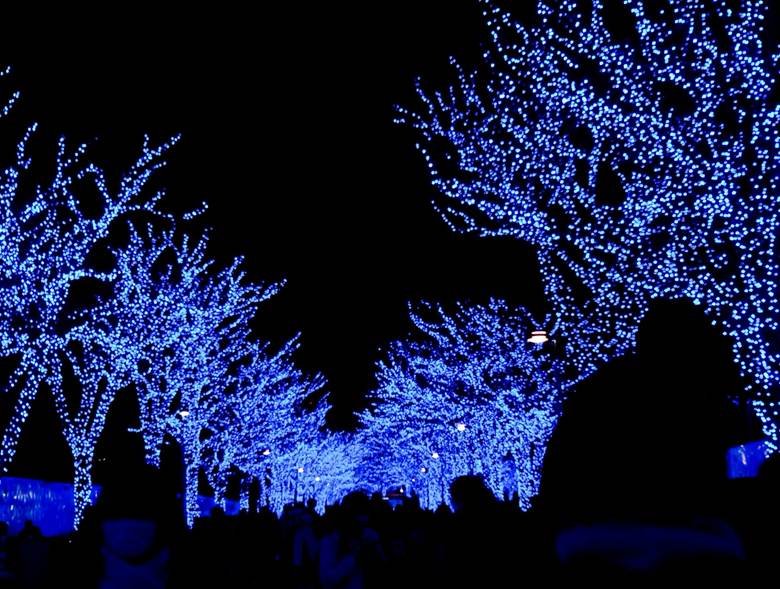
As the weather gets colder and the beautiful blooms and foliage wind down for the year, Japan steps up with its winter illuminations, bringing color and magic back into its outdoor spaces. This trend began in the late 90s, when Western customs began influencing Japan, and today, many cities boast stunning light installations, which are iconic symbols for the holiday season in the country.
In Tokyo, many districts like Midtown, Marunouchi, Roppongi Hills, and Meguro light up from the middle of November–some places even remain lit all the way into the middle of February! The largest light display is the Yomiuri Land Jewellumination in Kawasaki, which takes place annually from the end of October to April the following year!
Also read: Festivals and Events in Tokyo, June to December 2025
3. Visit a Snow Festival

While Japan is known for its vibrant summer festivals, its winter festivals are nothing short of spectacular, too! In the many places that it snows, you’ll be able to find an abundance of snow festivals.
Sapporo is most famous for its annual Snow Festival, which has been running for 75 years! Held in February every year, the event features three main sites: large snow sculpture contests, family-friendly snow activities and food stalls, as well as ice sculpture contests and an ice bar. This is a perfect place to take in the creativity of the artists, the wonderful snow and ice sculptures, and the beauty of winter in Japan!
The Yokote Kamakura Festival in Akita Prefecture is a 450-year-old tradition of creating igloos, or kamakura, at various locations around Yokote City. Within each igloo is a snow altar dedicated to a deity, where people traditionally prayed in the past. Small snow lanterns are also made and lit with candles, creating an ethereal sea of lights! Festival food includes steaming cups of amazake (sweet rice wine), grilled mochi (rice cakes), yakisoba (fried noodles), and other wonderful street foods!
Also read: Taste Tokyo: 10 Street Foods and Where to Find Them
4. Go Ice Skating
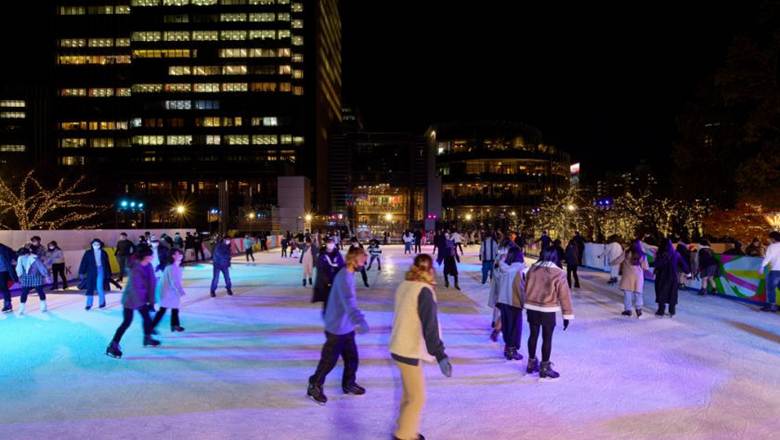
During the winter months, many cities have pop-up ice skating rinks to let the city dwellers enjoy some winter fun! Tokyo has several of these winter specialties at a variety of locations. The most popular places include the Midtown Ice Skating Rink in Roppongi, as well as the Ginza Six Rooftop Star Skating Rink.
The Midtown Ice Skating Rink in Roppongi offers both daytime and nighttime skating fun with colored lighting and illuminated trees. This is an excellent date-night wintertime activity!
The Ginza Six building also hosts a pop-up ice skating rink on its rooftop garden. Using resin instead of ice, the rink is both an eco-friendly and a city-friendly option, as no energy is expended to cool and resurface the rink. Plus, your clothes won’t get wet if you accidentally take a tumble! This is an excellent place to take in the views of the Tokyo City skyline, which is lit up with the various winter illuminations!
5. Visit an Onsen
Having a hot bath on a chilly day is one of life’s luxuries, and what better way to enjoy the winter than having a soak in a steamy outdoor hot spring? A Japanese tradition during the winter solstice is to take a hot bath with yuzu in it, to ward off sickness and invite good luck into your body. If you’re travelling to Tokyo this winter, here are some Tokyo onsen (hot springs) to let you enjoy winter in Japan to the fullest!
Maenohara Onsen Saya no Yudokoro
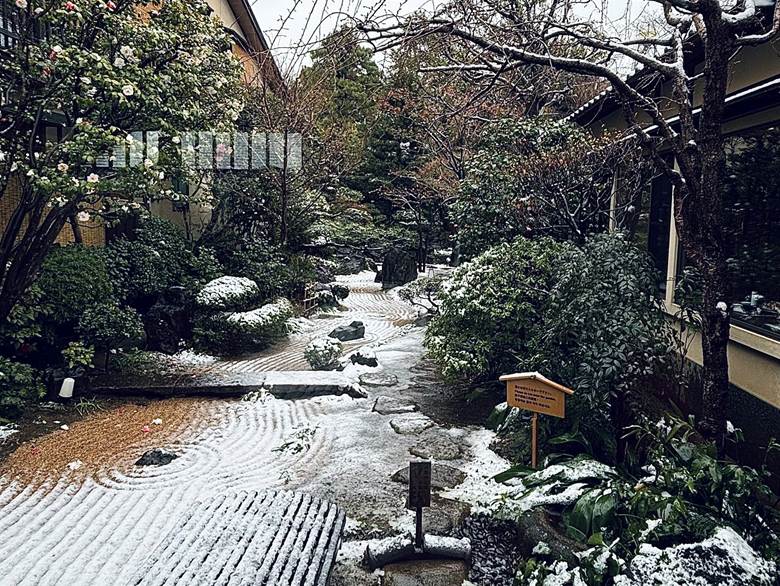
The Saya no Yudokuro is a Japanese-style day-use hot spring resort, that doesn’t offer rooms for board. With a beautifully preserved historical building, and lush Japanese-style garden, there are both indoor and outdoor onsen, saunas, steam rooms, as well as a heated bedrock sauna that you can enjoy. Massage services are also available at an additional fee, and the resort has a restaurant, and plenty of space where guests can enjoy a moment of peace and tranquility.
To get here, the most direct way is to take the Mita Line from Otemachi Station to Shimura-Sakaue Station (12 stops, about 25min). From Shimura-Sakaue Station, walk 700m (about 10 min) and you’ll arrive at this onsen.
Address: 3 Chome-41-1 Maenocho, Itabashi City, Tokyo 174-0063
Opens daily from 9:00–0:00
Oyata Onsen Myojin Hot Spring
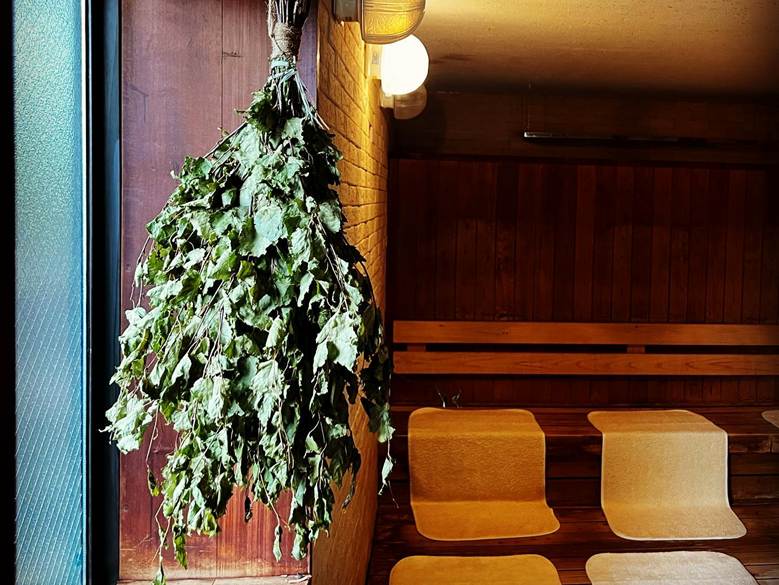
The Oyata Onsen Myojin is a Japanese-style, day-use onsen with indoor and outdoor baths. There is a range of onsen from cold 14°C baths, to hypertonic alkaline hot baths that are rich in minerals. With a sauna and steam room, there is also a massage service and a hair salon at an additional fee. Massage chairs and a working space with free Wi-Fi and USB charging ports are also available for guests to enjoy while waiting or relaxing.
The easiest way to get here is to catch the Chiyoda Line from Nijubashimae Station to Kameari Station (10 stops, about 25min), and take a bus (either bus 26, 27, 37) to Oyata (4 stops). Walk 130m (about 1min) and you’ll arrive at this onsen.
Address: 1 Chome-18-1 Oyata, Adachi City, Tokyo 120-0001
Opens (From August 1, 2025): 10:00 – 23:00
6. Go Skiing or Snowboarding
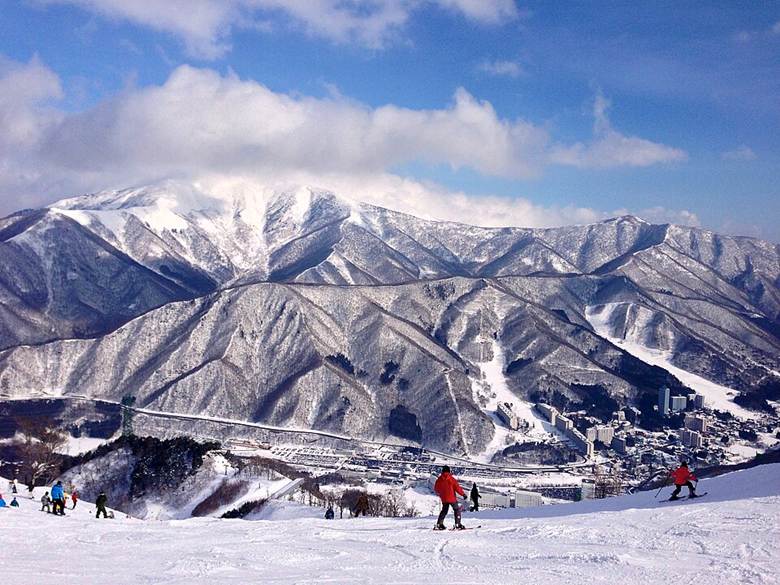
As the outdoor sports of the season, skiing and snowboarding can be enjoyed in many of the mountainous regions of Japan, like Niigata, Nagano, and Hokkaido Prefectures–just to name a few! Tokyo, Japan’s main port of entry for many international cities, is only a few hours away from some of the best powder snow in the country!
Yuzawa, Niigata Prefecture
Yuzawa is a mountain resort town in the Japanese Alps, and it is one of the places you can easily get to from Tokyo. Because it is located near the Sea of Japan and surrounded by mountains, it has one of the highest amounts of snowfall in the country. This provides the area with a long season of powder–perfect for those who love to carve up the slopes!
The GALA Yuzawa Snow Resort is a popular resort for winter sports. The resort offers equipment rentals as well as ski and snowboarding lessons, and it is also home to some of the most scenic trails in the region! Snowmobile tours as well as snow tubing can be enjoyed at the facility, where even very young children can enjoy playing in the snow. The resort also has hot springs, indoor swimming pools, outdoor saunas, and restaurants that guests can use when they visit.
Getting to GALA from Tokyo is easy. Taking the Joetsu Shinkansen from Tokyo Station can get you to Echigo Yuzawa Station in less than 90 minutes, and from Echigo Yuzawa Station, there is a free shuttle bus from the east exit that can take you to the resort within 10 minutes, depending on local traffic.
Address: GALA Yuzawa Snow Resort, Kayahira 1039-2, Yuzawa, Minamiuonuma District, Niigata 949-6101
Winter season: December–May
7. Try Out Yukimizake

Yukimizake is when hot sake is enjoyed while watching the falling snow, perfect if you’re visiting a ski resort, or in the lounge area of an onsen resort! The sense of serenity and peace this experience brings is a priceless luxury that should be indulged in when experiencing winter in Japan!
Also read: The Sake Spectrum: A Guide to Japan’s Diverse Brews On Your Next Drinking Tour
8. Visit an Observatory
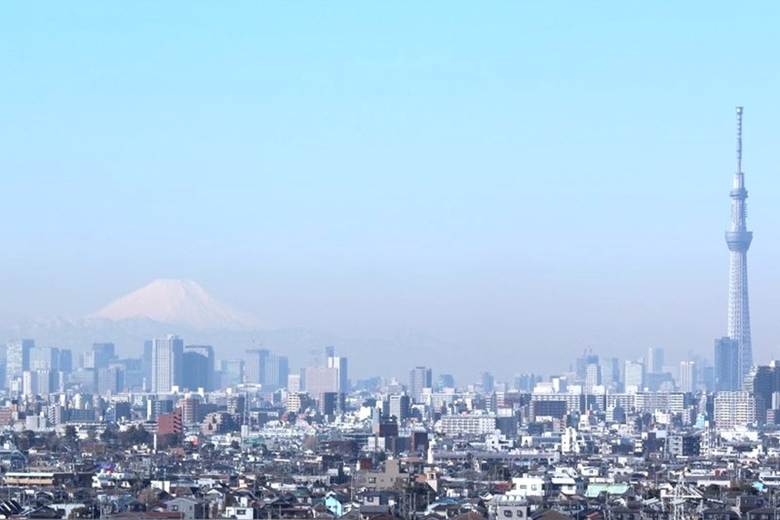
What better way to appreciate the scale of the city you’re visiting than dropping by an observatory in the winter? View the city covered in a layer of snow, it is truly a different sight compared to any other season!
Tokyo Skytree offers panoramic views of Tokyo, and on clear days, you can even see Mount Fuji from the top! From the high vantage point, you can truly appreciate the size of the most populous city in Japan and can see how the city houses its 37 million residents!
9. Try Out Some Winter Specialty Foods
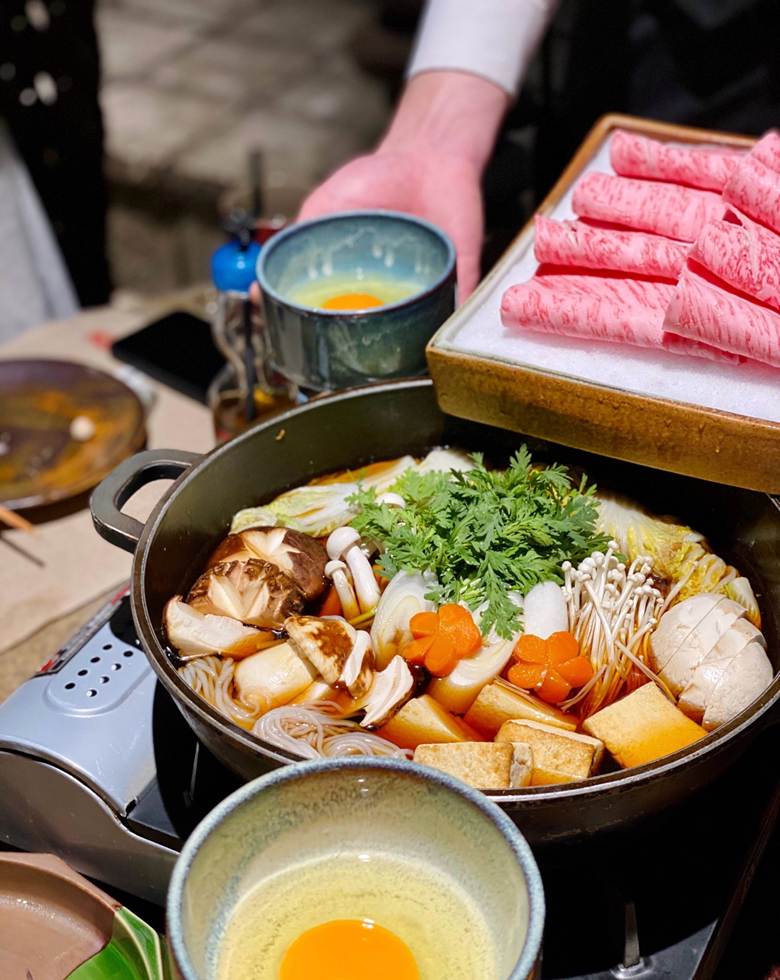
In Japan, the winter specialties are warm and comforting dishes, and often feature hot pot dishes called nabe. Some examples of these are oden, shabu–shabu, and sukiyaki.
Oden features ingredients like daikon radishes, tofu dumplings, a variety of fish cakes, and eggs, which are slow-cooked in a soy-based broth for an entire day. The boiled items are rich in flavor and enjoyed with mustard.
Shabu-shabu is a hot pot dish where thinly sliced meat, such as pork and beef, is dipped into the boiling soup for just a few seconds, and enjoyed with a sesame sauce or a ponzu sauce. Fresh seasonal vegetables like mushrooms, root vegetables, and radish are often simmered in the soup, creating a thick and flavorful broth.
Sukiyaki focuses on beef as the main meat of choice, and the broth is a dark, sweet soy-based soup. The cooked beef slices are typically enjoyed with a raw egg as a dipping sauce, creating a richer, creamy mouthfeel that complements the sweet broth–although the usual shabu-shabu sauces are typically available during sukiyaki meals as well.
During the winter, seafood is also in abundance, making it the best time to try out the freshest sushi and sashimi dishes. Specialty seafood nabe dishes are also common at restaurants and izakaya places during the winter, with high-end restaurants serving Alaskan Snow Crabs and premium oysters. Paired with some Japanese sake, winter cuisine would definitely be a meal to remember!
10. Go Whale Watching
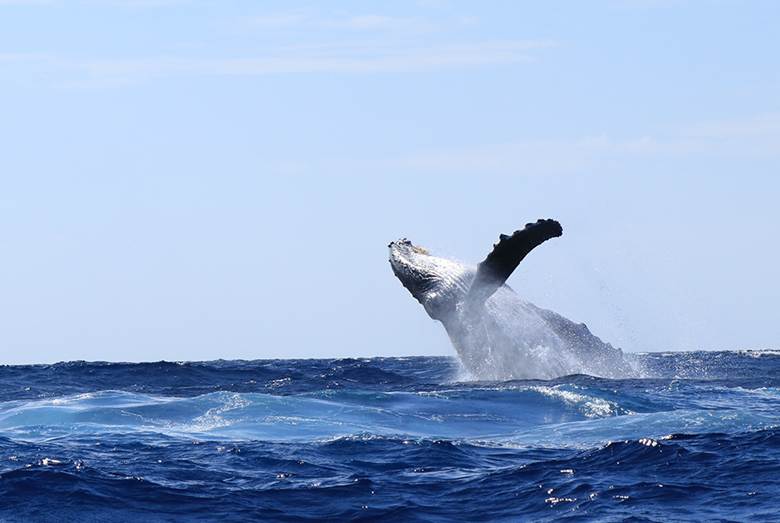
From December to May, the sea of Ogasawara is the place to be–you can often see humpback whales as they migrate to their breeding grounds. Humpback whales travel thousands of miles all over the world during the summer and the winter. During winter, they travel to warmer, tropical waters in the Pacific Ocean to breed and raise their young. In February, you might even be able to see the newborn whale calves!
Take Nature Academy offers whale watching tours from the end of December to Golden Week. They offer a full day (7 hours) and a half-day (3 hours) tour, and reservations can be made on their website. The Ogasawara Islands are accessible from Tokyo’s Takeshiba Pier by the Ogasawara-Maru ferry, and the trip takes approximately 24 hours.
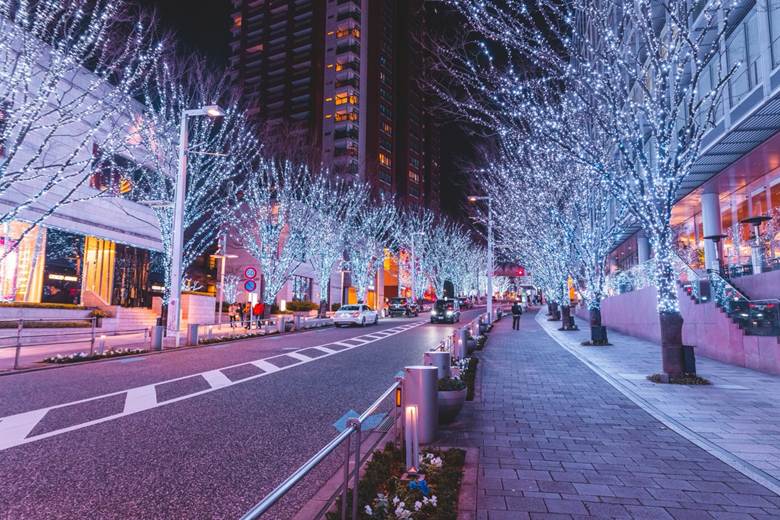
There’s so much to experience in Japan during the winter, and we’ve only just begun to explore! What are your plans for this winter?
